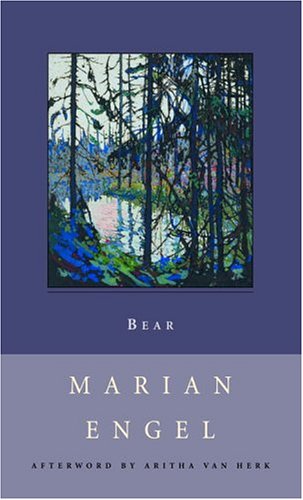


Under its warm glow she filled the kettle with a dipper from a graniteware pail of water by the sink. She lit the gas-lamp in the kitchen easily enough: held a match to it, turned its key, and heard it pop softly alight. She saved hers like soft jewels in an old Beehive Honey tin with a bindertwine handle she found in the shed. He pawed the ripe raspberries greedily into his maw. They went berrying together in the woods. This does not, however, diminish the quality of the writing nor does it dissolve the narrative. The novella is filled with delicate, poignant, gruesome and sparkling images, some of which are so vivid they’ll stop you in your tracks. The first time I read the book I also felt shocked (I didn’t know what it was about when I first read it and was certainly taken aback) and frankly, I still feel shock in the re-reading of it. A classmate sitting next to me widened her eyes, apologized for peering over my shoulder and proceeded to describe her shock in regards to the book’s content. Of course bestiality is shocking, even in a world that attempts to explore taboos within literature, so I was not surprised by her response. I was sitting in a seminar when I pulled up Bear on Google Books during a break. Lou soon forms a relationship with the bear that initially appears friendly but soon blossoms into an erotic relationship. On the island Lou lives alone, except for a domesticated bear who’s inhabited the land for years. In sum, Bear is the story of Lou, a librarian who moves to Cary Island for a summer to catalogue the deceased Colonel Jocelyn Cary’s library.

The book deals with highly sexual content so this post will include a discussion on the roles taboos play in literature. Despite its aging existence, Bear is an incredibly controversial gem of a book and thus its content continues to reverberate on the fringes of our society. This book was published in the 1970’s but still gleans as one of Canada’s most disputed and beloved novellas.


 0 kommentar(er)
0 kommentar(er)
